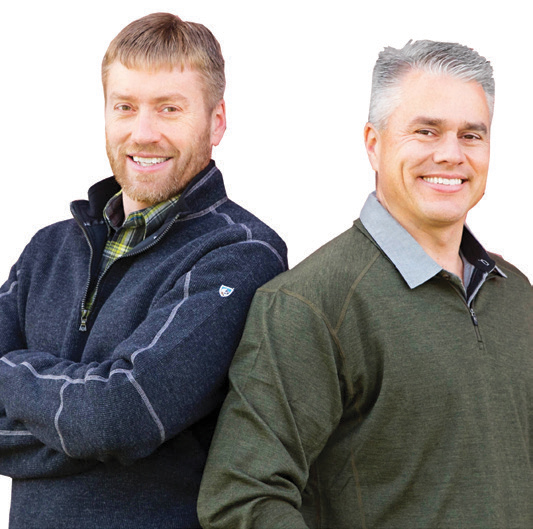Recently, an ag tech company called Farmers Edge made an announcement that as part of their services, they would be able to provide as frequent as daily satellite imagery to farmers. For the first time, a farmer will be able to look at a satellite image of each field almost every 24 hours.
Before I explain its potential benefits, picture the size you think a satellite should be. When I ask people how big they think these satellites are, I typically get responses anywhere from one to three times as big as a car. The interesting thing to me is these satellites are extremely small, measuring roughly 12 inches long by 4 inches high by 4 inches wide, plus some very small “wings” that stick out on each side. Just like how computers have shrunk in size, so have satellites. The cost has also come down dramatically, so now it is economical for a farmer to get satellite imagery.
The big question is, how can a farmer use this technology to improve crop yields? As I see it right now, it’s kind of like getting your harvest maps in-season. Here’s what I mean: Approximately 20 years ago, yield monitors became available for combines. These monitors allowed farmers to see live grain yields as they harvested. Once harvest is completed, this data gets thrown into a map, so a farmer can now see grain yield in each area of every field.
This is usually when I start getting phone calls. “Brian, why do you think this area of my field yielded so poorly?” The problem is once the crop is off the field, it’s pretty difficult to figure out what went wrong earlier in the season. That’s where satellite imagery comes in. If you can see poor spots in fields mid-season, you now have the ability to go to that area and investigate what’s happening.
Technology is coming soon that will allow this imagery to be refined even further. For example, I talked to a company who said they are able to detect certain weeds in a pasture using satellite imagery. At some point, farmers may be able to get reports along with their imagery telling them if the poor spots are the result of low fertility, disease, insects or something else. But for now, scouting those problem areas is the only way to start narrowing down issues.
Many types of satellites serve various purposes, but for me, the thought of daily satellite imagery is exciting. Going forward, it will lead to higher yields, lower costs (since imagery may allow farmers to treat certain areas of fields rather than whole fields), better use of resources and increased net farm income.








